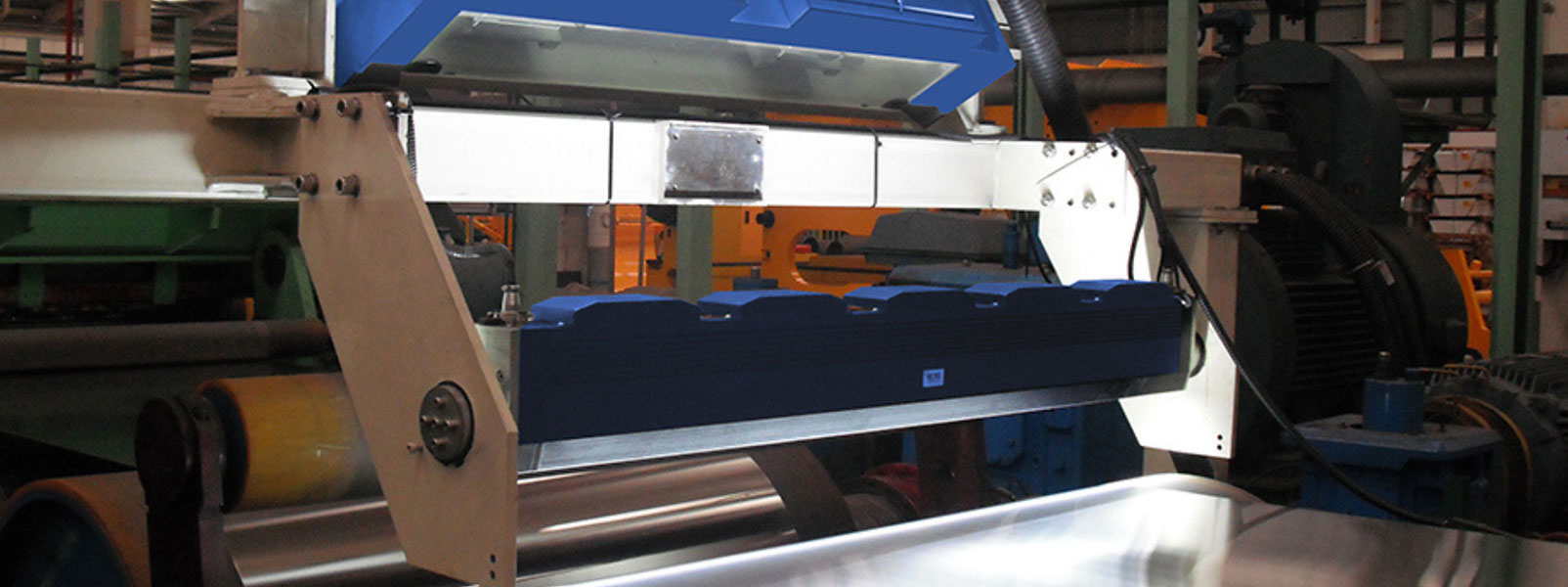Large Metal Sheet Inspection with contact image sensor CIS Imaging System

The client is a leading metal sheet manufacturing company that produces various types of metal sheets in different widths, lengths, and thicknesses. After manufacturing the sheets, the company laminates and applies color coatings to the surface, making quality inspection critical to ensuring defect-free products. The sheets are used in industries such as construction, automotive, and appliances, where any imperfections can significantly affect product performance and customer satisfaction.
Before automating their inspection process, the client relied on manual observation to identify defects. However, the manual process proved inefficient, particularly at high production speeds, and was not capable of detecting microscopic defects. As a result, the company experienced costly product returns and customer dissatisfaction when defects were found at the customer's end.
The client sought a solution to automate the inspection of the metal sheets while ensuring detection of defects as small as 50 microns, which are invisible to the naked eye.
To address these challenges, we developed a custom solution using a Contact Image Sensor (CIS) imaging system, tailored to the client’s production requirements.
The implementation of the customized CIS imaging system with AI-driven Live Vision software revolutionized the client’s metal sheet inspection process. By automating the inspection, the client was able to detect microscopic defects in real-time, reduce product returns, and improve overall production efficiency. The system’s adaptability to various sheet dimensions and its ability to handle high-speed production lines ensured that the client could maintain their high standards of quality without slowing down their manufacturing process.
This solution not only addressed the immediate challenges of manual inspection but also provided a scalable and flexible inspection platform that will support the client’s future production needs. The result was a significant reduction in defects, improved customer satisfaction, and increased profitability for the client’s business.
©2025 Intelgic Inc. All Rights Reserved.